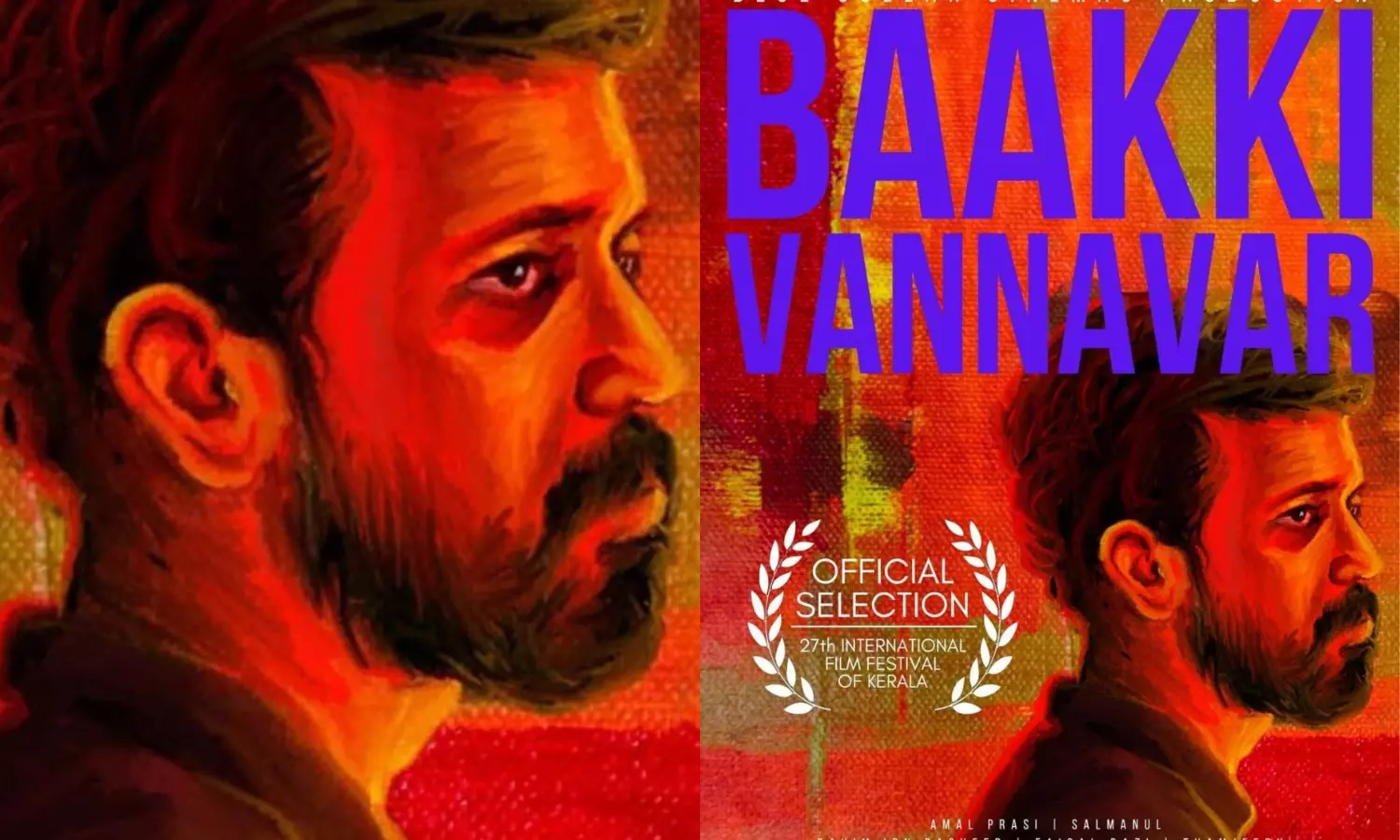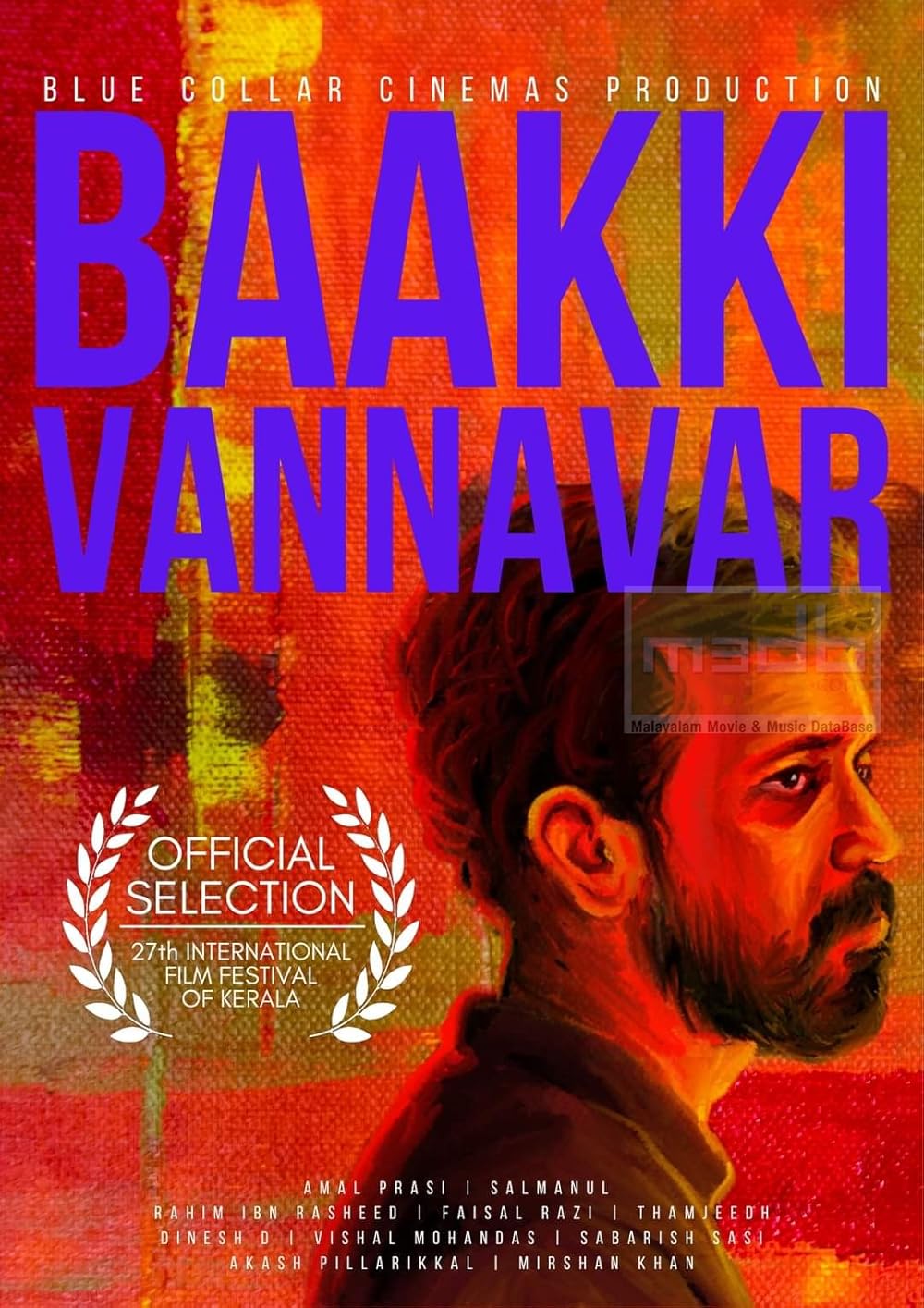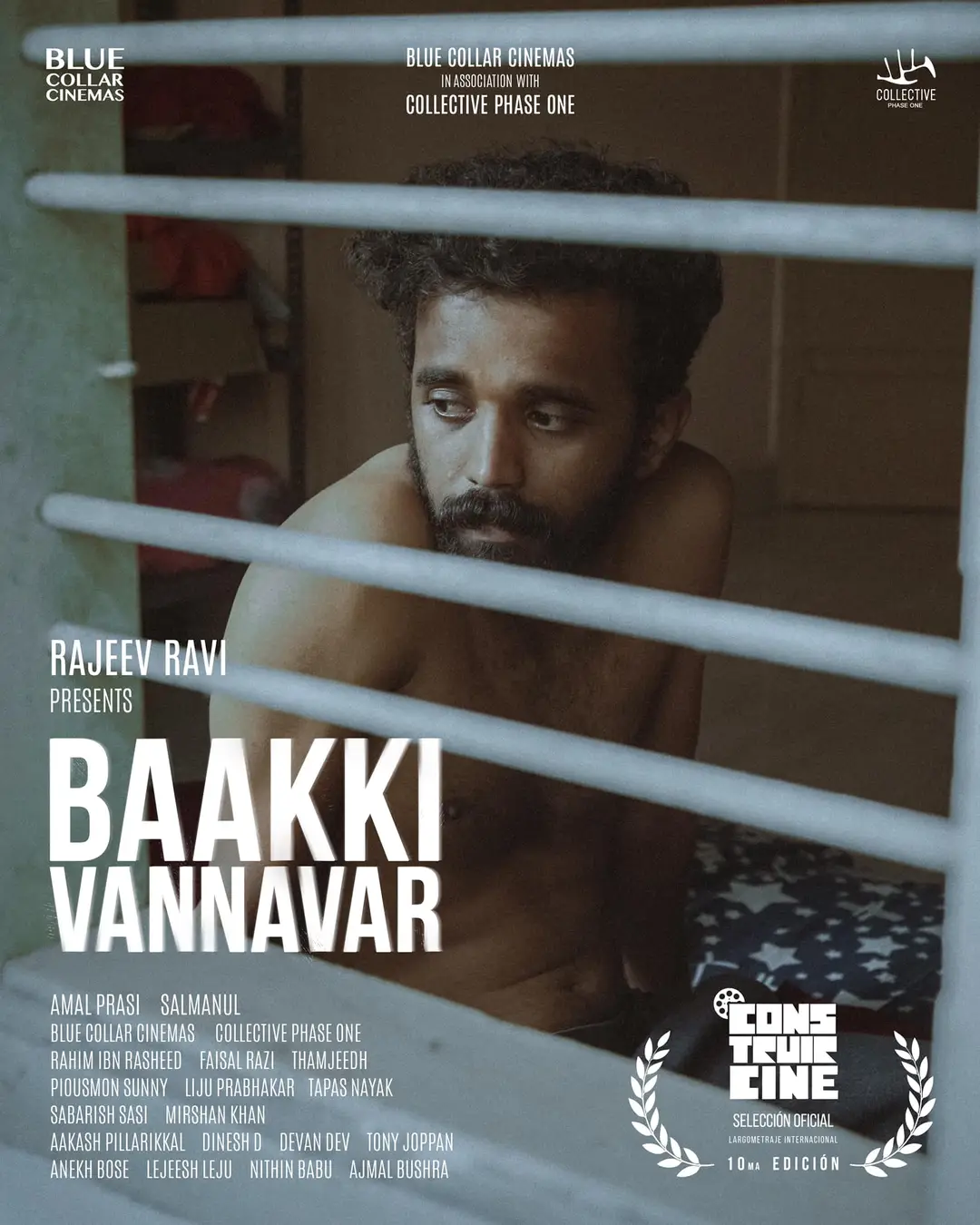Baakki Vannavar/The Leftovers (2022) is a premiered film in IFFK (streaming now on YouTube) directed by Amal Prasi and starring Salmanul Faris, the co-author. This 88-minute film revolves around the everyday mundane of a 25-year-old (nameless) food delivery boy in Kerala. The film attempts to contextualise the reality of structural injustice, unemployment, and migration by traveling with the wading of the delivery boy. As Implied, the title Baakki Vannavar depicts the residue of aesthetic materiality, the same section that strives to afford ‘minimum standards’ in life.
The cities of sin: Kammatti Paadam and Baakki Vannavar
Every city carries the stench of the toiler’s sweat, and his blood drowns into its colour by denying the dignity of labour and integrity to life. Yet he is not appeased but thrown into the loop. The city is rising and falling for capitalists, and they subjugate its ownership. Rajeev Ravi’s film Kammatti Paadam (2016) was a brilliant attempt in this regard. Interestingly, he is the one who presented Baakki Vannavar.
In Kammatti Paadam, space denies the very existence, and the disdain deletes identity in Baakki Vannavar.
Kammatti Paadam tried to depict the life of Dalits on the outskirts of Kochi. The film narrates how the city of Kochi was established through the deceptive land transaction of a Dalit-majority area called Kammatti Paadam. Baakki Vannavar offers a different approach to portraying those who couldn’t attain any sense of honour despite being part of the material illusions of the city. In Kammatti Paadam, space denies the very existence, and the disdain deletes identity in Baakki Vannavar.
In Rajeev Ravi’s film, space/ belonging determines identity. In Amal Prasi’s Baakki Vannavar, space has a mere introductory side, while status defines identity. The delivery boy’s economic position might be conflated with the film’s politics only as economic insecurity among youth. However, on the contrary, the paramount importance of caste can’t be overlooked in this reading since the character’s status is his social identity and caste determines every temporal, spatial, and social aspect.
Protagonist: spectator of own life
Baakki Vannavar neither offers a stirring climax nor an eminent cast but the humdrum of daily lives. The contempt faced by the protagonist daily raises the question of their whereabouts, and dishonour otherises the identity in an everyday manner. Here comes the conflict of existence and dignity. Does every existing creature have the humanistic right to dignity or not? If yes, why did the long-forgotten past determine this?
In Baakki Vannavar, the boy has no cinematic added value; he behaves like any of us or someone we might know (reflecting the very helplessness throughout the film), even if his lifeworld is alien to many. The hostel is where he belongs (in his subconsciousness), but by losing this, he realises he has nothing of his own. Despite these pitfalls of life, hope drives the character forward; hope for the better.
The wild/unrestrained vernacular within the friends’ circle often gives him a way to a more formal demeanor in the real world. In this context, the real-real turns unreal for the character, while his crisis remains real in either sphere. His sufferings turn into profanities, while the same forces him to be more obliged to the societal norms, in other words. The protagonist here is a mere spectator in his own life, who pushes his life as he does to his empty bike; a person who doesn’t know how to shut someone’s mouth or can’t even fight back at the people who slapped him.
Despite the deprivation, the boy never relinquished his ethical beliefs and morality. ‘Our lives are mundane. There are no self-congratulatory BGMs and life-altering events in daily life, so we wanted to make the hero grounded.’ says the creators by answering why this ‘angry’ film’s hero is a passive guy.
The influence of John Abraham and Amma Ariyan
‘…. The destitute will rise. Those denied a place in the stories and poems of the apolitical intelligentsia. Those who gave them bread and milk daily. Those who gave them meat and eggs. Those who washed their clothes. Those who cared for their dogs. Those who chauffeured for them. Those who gardened for them. They’ll come. They’ll come and ask. When our lives and dreams were being scorched by suffering, what were you doing?‘
‘Apolitical Intellectuals’, Poem by Rene Castillo, Adapted from Amma Ariyan.
Amma Ariyan (1986) is a renowned political film directed by the legendary Indian filmmaker John Abraham. The monochromatic visual aesthetic has been critically well acclaimed since its release. What intriguingly associates Amma Ariyan with Baakki Vannavar is not merely the voice-over of the adaptation of Rene Castillo’s poem ‘Apolitical Intellectuals’ but, the style of narration both films employ, the internal conflicts both protagonists carry, and the structural injustices they confront.
The foremost soothing visual language either film used as a travel-behind the travel of the ‘hero’ makes both technically similar. Yet Amma Ariyan was more of a depiction of political activism, radically revolutionary in its narrative, while Baakki Vannavar cantered on the boundary of realism. Intriguingly, Amma Ariyan was produced by Odessa Movies Collective using crowdfunding, and Baakki Vannavar was made with a budget of only twelve thousand rupees from friends. The creators of Baakki Vannavar mentioned in an interview that, the incorporation of this poem was their ode to John Abraham.
Seeing through seeing: some reflections on Baakki Vannavar
What is intriguing about Baakki Vannavar is its authenticity in portraying the crumbling lives nobody aspires to, the everyday monotonous chores of a struggling young man. Baakki Vannavar was filmed mainly over the streets, where the workers are socially perceived to “belong”. Here in cinema, the protagonist’s physical gestures of submissiveness and vulnerability intensify the existential problem of the protagonist (or the working-class youth he represents).
The faded visuals (that offer a meditative viewing) used to render the very grime of life shatter the notions of the aesthetic realm. The exchange between the backdrop and the empty bike was a significant visual imagery that implied the social. The pace Baakki Vannavar upholds until the end balances the realistic-dramatic dichotomy. The vocabulary used in the film has an ‘overplay’ of obscene usages, which was pointed out by a few as unnecessary.
The faded visuals (that offer a meditative viewing) used to render the very grime of life shatter the notions of the aesthetic realm.
But this helps in the embodiment of the sociological position of characters. Chendamelam’s music as the background score for the delivery scenes raised the binary of ethics of seeing and voyeurism. ‘Even if there are relatively better options available, we felt that this is how this film should tell,’ says director Amal Prasi.
Baakki Vannavar is passive in its narration while loud in its politics. Paradoxically, what spoiled the ensemble feel was the loose dialogue exchanges in very few scenes, especially the long argument between the two in the hostel, like a forced (yet problematic) political statement. But this can be quintessentially overlooked in the dark age that distinguishes politics from art.
Baakki Vannavar, thus, is a fiercely heartwarming attempt to depict the lives of many among us that structural injustice produced.







